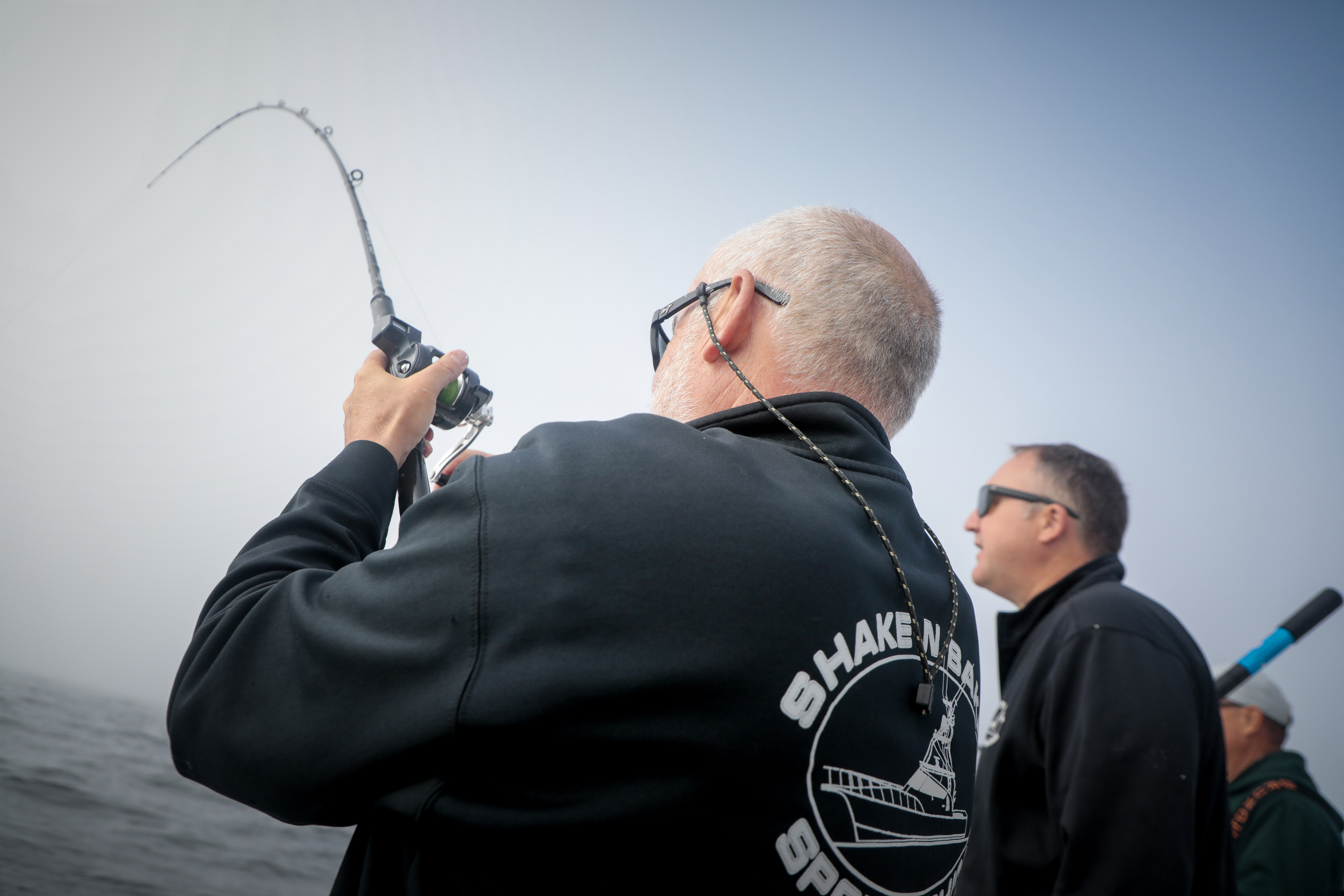El Niño refused to be born this winter
Published 11:08 am Monday, February 9, 2015
PACIFIC OCEAN — Back in December, Australia’s Bureau of Meteorology said there was at least a 70-percent chance of an El Niño showing up soon. For months, Australians had been preparing for a drought as the chances of an official El Niño event grew, then waned, then grew again. But now there’s serious rain Down Under, and in its Jan. 20 wrap-up, the Bureau said conditions were back in the “neutral” phase and expected to stay that way through the summer (our winter).
Trending
In its Feb. 3 update, it reinforced its January pronouncement, reporting that “the tropical Pacific Ocean has eased away from the borderline El Niño observed during late 2014. Overall, the tropical Pacific region remains neutral.”
In January, the Bureau noted that “the natural seasonal cycle of ENSO is now entering the decay phase, and models indicate a low chance of an immediate return to El Niño levels, neutral conditions are considered the most likely scenario through into autumn [Northern hemisphere spring].”
Since late November, sea surface temperatures (SSTs) in the central tropical Pacific dropped about 0.5 degrees Celsius from their peak last November of 1.1 degrees Celsius above average. Also, atmospheric pressure differences in the region have weakened to neutral conditions, with cloud patterns showing little sign of an El Niño “signature.”
Trending
The Bureau reported that SSTs are broadly near average for this time of the year in most of the equatorial Pacific east of this point, and that all eight surveyed international climate models favor neutral values of central Pacific SSTs until at least April. After that, three models predict SSTs warming to above El Niño threshold values by mid-winter (our summer), three models show little change in SST anomalies; and two predict some cooling of central Pacific SSTs over autumn-winter (our spring and summer), although remaining within neutral bounds.
The Australians said warm anomalies remain in small areas at the equator, “and across a large part of the northeastern Pacific Basin.”
It is that slowly dissipating “warm blob” in the northeastern Pacific Ocean that has brought such unseasonably warm weather to much of the Northwest, and below-average snowpack to many regional basins, along with via several appearances of the Pineapple Express, the atmospheric river which channels sub-tropical moisture to the Northwest from the region near Hawaii.
But overall, Northwest river basins are packing more snow than last year at this time, with about 64 percent of average in the entire Columbia region. Washington Cascade basins are averaging about 19-31 percent of average, down from 30-40 percent average two weeks ago, and the northern and northeast parts of the state are running about 58-84 percent of average.
Few basins in the Oregon Cascades have even reached 20 percent of average, and many are still below 15 percent, although the John Day Basin is currently 66 percent, down from 77 percent of average two weeks ago.
Central and southern Idaho have seen near-average snowpack or better, with the northern Panhandle coming up short, in the 65-percent range.
Most Montana basins are actually running above average at this point, with the Flathead at 104 percent, and the Upper Clark Fork Basin at 119 percent of average.
The current April-September water supply forecast for the Columbia Basin at The Dalles is 93 percent of average. Last year at this time it was 82 percent.
Since last October, when the water year started, the Columbia Basin above Grand Coulee has received 106 percent of average precipitation and The Dalles has seen 94 percent. Precip in the Snake River Basin above Ice Harbor is 88 percent of average.
NOAA’s Climate Prediction Center has maintained an El Niño Advisory, though on Feb. 2 it was calling for a 50-60 percent chance of one occurring over the next two months — down from a 65-percent chance in December, with even less chance of one occurring as the region moves into spring and summer. The Center predicts better than even odds that temperatures will be above average and precip below average for the next three months.
Warm surface temperatures have kept California snowpack from reaching average levels anywhere in the state. Currently, they are running only 19-30 percent of average, with little precip in January. And Oregon’s Klamath Basin is only showing 12 percent of average snowpack.
But a huge Pineapple Express reached northern California and southern Oregon at the end of last week, with a chance to help refill many reservoirs, though little snow was expected.









